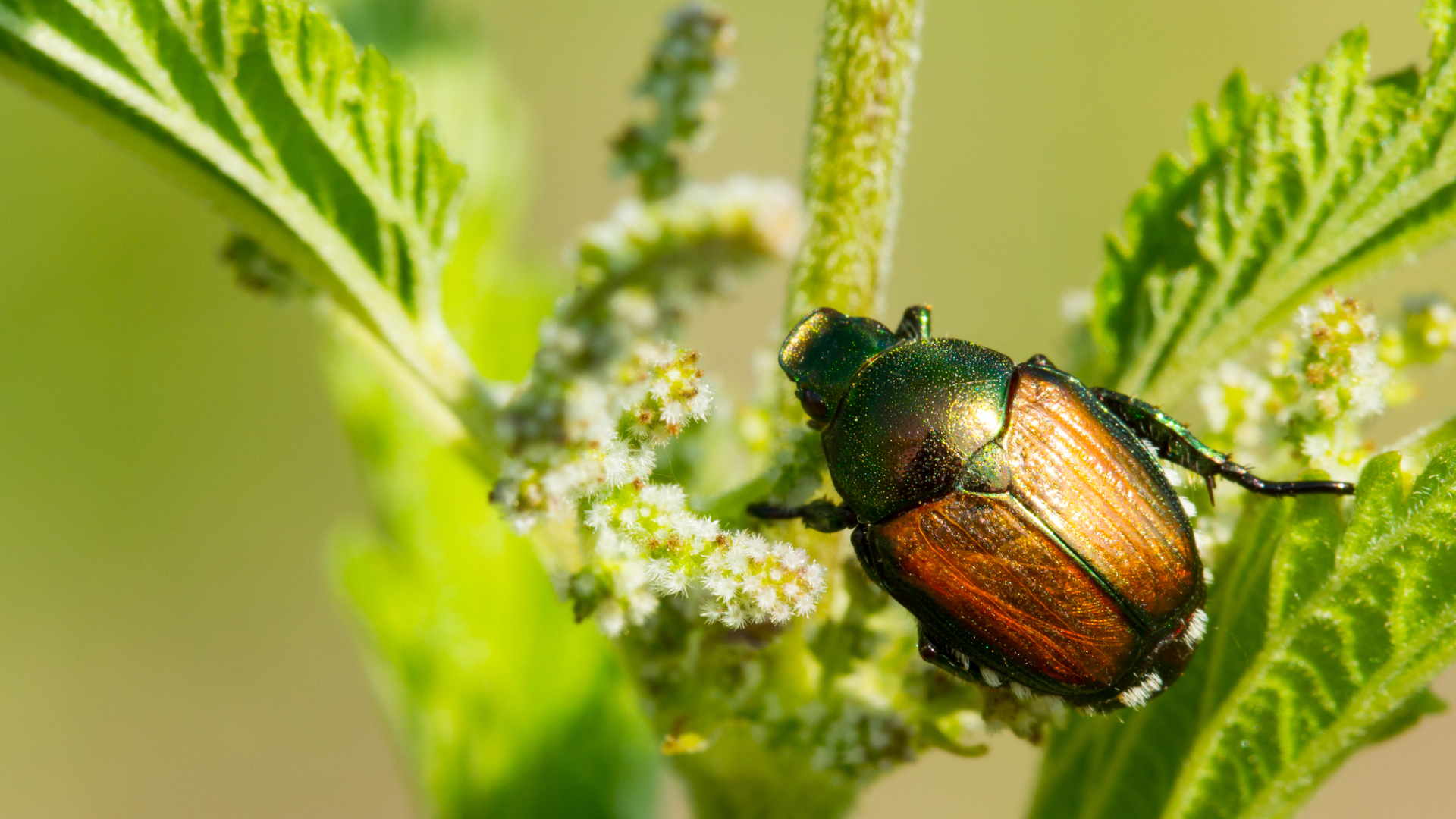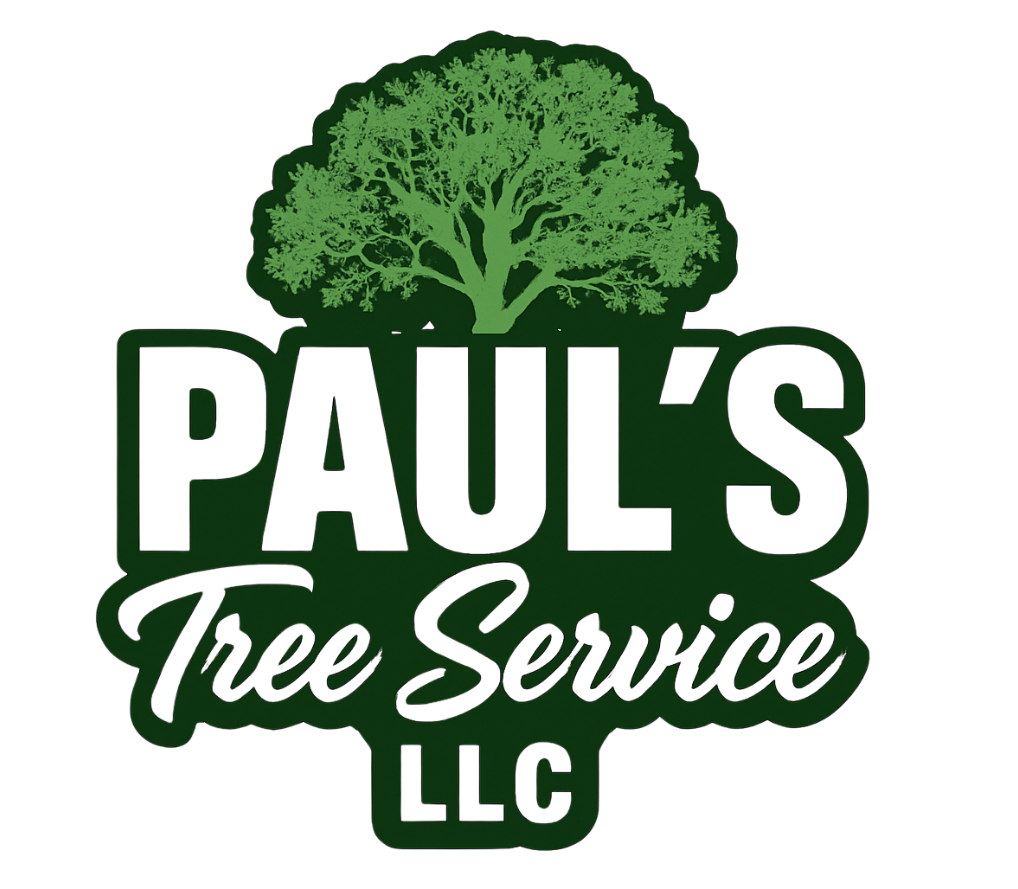Japanese Beetles in Sacramento: How They’re Damaging Your Trees (and What You Can Do)

A Beautiful Pest with an Appetite
If you've noticed unusual leaf damage or skeletonized foliage on your trees this summer, you're not alone. Japanese beetles have made their presence known in Sacramento and surrounding communities like Elk Grove, Roseville, and Rancho Cordova—and they’re not shy about eating their way through your landscaping.
These shiny, metallic-green insects may be small, but their collective damage can be severe. As a local tree care company, we've seen firsthand how quickly they can compromise the health of ornamental and shade trees.
In this post, we’ll explain:
- What Japanese beetles are
- How to identify their damage
- Which trees they prefer
- What you can do to prevent or treat an infestation
- When it’s time to call a professional
What Are Japanese Beetles?
Japanese beetles (Popillia japonica) are invasive pests originally from—yes—Japan. They were first detected in the U.S. in 1916 and have slowly spread across the country, thriving in warm, humid environments.
Adult beetles emerge in late spring to early summer and feed for 4 to 6 weeks, often in large groups, causing widespread damage to trees, shrubs, roses, and even vegetable gardens.
While adults feast on leaves, the larvae (white grubs) feed on grass roots—so they’re bad news from the canopy to the soil.
How to Spot Japanese Beetle Damage
The most telltale sign of Japanese beetles is skeletonized leaves—where all the green tissue between veins is eaten, leaving behind a delicate lace-like pattern.
You may also notice:
- Swarms of beetles congregating on certain tree types
- Large holes in leaves
- Premature leaf drop
- A sudden loss of tree vitality during peak summer
- Brown patches in the lawn (from grub activity)
Which Trees Do They Target in Sacramento?
Japanese beetles are not picky—but they do have favorites. In the Sacramento region, we most often see damage on:
- Linden trees (Tilia spp.)
- Crabapples & ornamental fruit trees
- Birch trees
- Japanese maples
- Elm trees
- Rose bushes and crepe myrtles
- Willows & sassafras
They’re known to travel in groups and will return to the same tree daily until it’s stripped bare.
What You Can Do to Protect Your Trees
1. Inspect Trees Regularly (Especially in June & July)
Walk your property at least once a week during beetle season. Early detection can make a huge difference.
2. Remove Beetles by Hand (for Small Infestations)
In the early morning when beetles are sluggish, knock them into a bucket of soapy water. This interrupts feeding and mating cycles.
3. Use Traps Strategically (But Be Cautious!)
Japanese beetle traps are available at garden centers, but they often attract more beetles than they catch. If used, place them at least 30 feet away from trees you want to protect.
4. Apply Neem Oil or Insecticidal Soap
Organic treatments like neem oil can deter beetle feeding if applied early and consistently. These are best for smaller trees and shrubs.
5. Avoid Broad-Spectrum Insecticides
These may kill beneficial insects like bees and pollinators. Always follow label directions or consult a pro before spraying.
6. Water & Mulch Wisely
Healthy trees are more resilient to beetle damage. Keep trees well-watered (especially during heatwaves) and mulch to retain soil moisture.
What If the Damage Is Already Done?
If your tree has lost a significant portion of its canopy, it may become susceptible to disease, sunscald, or long-term decline.
You may need:
- Corrective pruning to remove dead or damaged limbs
- Soil amendments to restore health
- Ongoing treatments to deter beetles from returning
- Tree removal, in cases of irreversible damage or risk
Paul’s Tree Service LLC can assess the condition of your tree and recommend the best course of action—whether that’s restoration or removal.
Why Call Paul’s Tree Service?
variety of residential and commercial properties in:
- Sacramento
- Roseville
- Elk Grove
- Citrus Heights
- Rancho Cordova
- Folsom
- Galt
- North Highlands
We offer:
- tree inspections & evaluations
- Informed, honest recommendations
- Pruning, removal, and pest-conscious cleanup
- 24/7 emergency services if limbs or trees become hazardous
Don’t Let Beetles Take Over Your Landscape
If you’re noticing beetle damage or have questions about protecting your trees this summer, let Paul’s Tree Service LLC help. A quick inspection today could save your trees tomorrow.
We proudly serve Sacramento and the surrounding communities. For inquiries, call
(916) 519-1309 or email us at
imjust1pb@gmail.com
